| Module 1 | Pre-Initiation |
Unit 1
|
Unit 2
| |||
|---|---|---|---|---|---|---|
| Module 2 | Project management |
Unit 1
|
Unit 2
|
Unit 3
|
Unit 4
|
Unit 5
|
| Module 3 | Change management |
Unit 1
| ||||
| Module 4 | Staffing |
Unit 1
|
Unit 2
| |||
| Module 5 | Business process analysis |
Unit 1
|
Unit 2
| |||
| Module 6 | Requirements |
Unit 1
|
Unit 2
| |||
| Module 7 | Data cleansing and migration |
Unit 1
| ||||
| Module 8 | Testing |
Unit 1
| ||||
| Module 9 | Training |
Unit 1
| ||||
| Module 10 | All toolkit downloads |
Unit 1
|
By tracking project activities, decisions and progress along the way, project managers can ensure that the project deliverables are of the desired quality.
Project management tool downloads
Any description text of the tools goes here. (Delete if not needed.)
Define key roles and responsibilities for project governance
Defining roles among the project team helps identify who is ultimately responsible for managing specific project tasks and establishes a common set of expectations around project accountabilities.
Project Governance: Roles and Responsibilities Worksheet
Clarify responsibilities to accomplish project activities
A RASCI chart organizes a project team across specific project responsibilities and deliverables. The template should be used to clarify and assign responsibilities to accomplish project activities and achieve deliverables.
Map out and secure staffing commitments
Resource forecasting can be used to list anticipated project resource (staffing) needs and to track confirmation of these allocations for the required duration during a project. This template is used to map out and secure project resource (staffing) commitments.
Hold a kickoff meeting to start project planning or a new activity
The purpose of the kickoff is to launch the new project and introduce the team roles and responsibilities to achieve the project objectives and goals.
Track project risks, actions, issues and decisions
The RAID Log is a single spreadsheet with separate tabs to address the four groups of information related to risks, action items, issues and decisions (RAID). This is a common tool for managing the day-to-day activities of a project.
Develop a meeting agenda
A meeting agenda is a list of meeting objectives, participants and items that the participants wish to accomplish during the meeting. This template will assist in organizing topics for a productive discussion.
Record project meeting notes
Meeting notes help with communication across the project. This template identifies helpful hints and guidance for keeping record of important discussions and action items.
Monitor and report on project status
The project status report is a critical part of effective project communications to update the project team, sponsors and key stakeholders. This report is used to monitor and control project progress, or serve as a snapshot of where the project stands.
Assess and prioritize information system change requests
A radar report is a tool that enables information system change requests to be systematically cataloged, scored based on a defined set of criteria, and ranked for implementation as resources become available. This report can be used throughout a migration project to identify, log and prioritize requests to be addressed post-launch.
Review project deliverables as part of close-out
An essential step of closing out a project is the review and final approval of deliverables completed by various project stakeholders. It may be useful to begin the development of this table once deliverables are identified in the charter and complete the table during the “close” phase.
Capture project feedback and lessons learned
A project post-mortem, or project closeout, is conducted at the end of the project in order for the project team to review their work and collect lessons learned.

